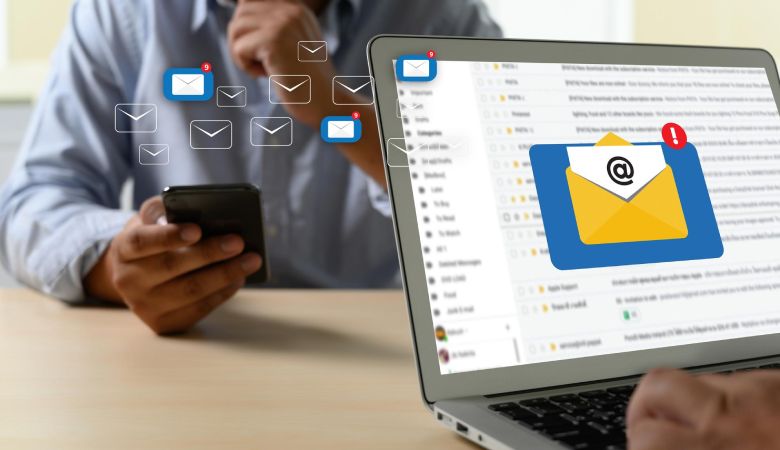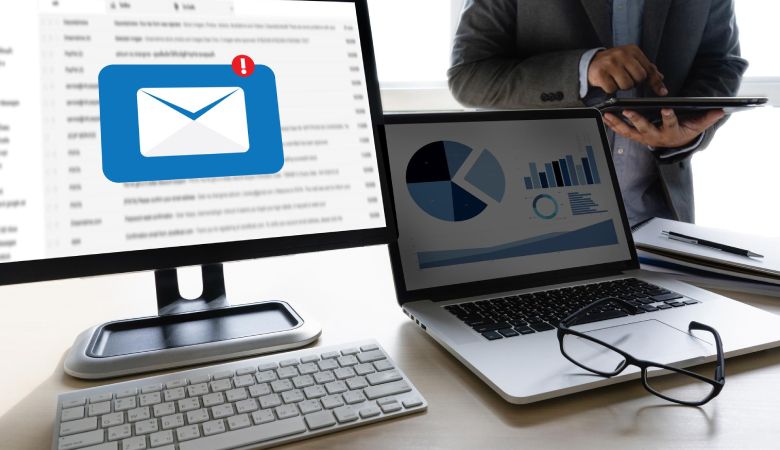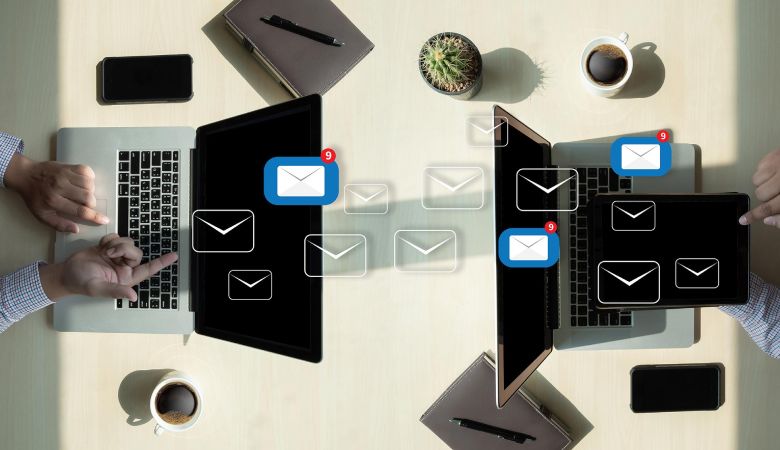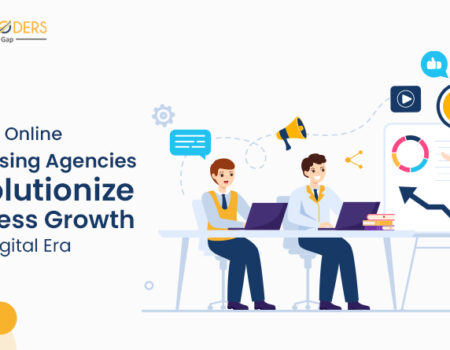B2B Email Marketing in Action: Key Takeaways for Your Team!
A Microsoft study revealed that professionals spend around 15% of their workday, roughly six hours per week, checking email. While many may wish to reduce that number, email remains a critical channel for communication.
Subscribers join email lists expecting to receive something valuable, whether it’s expert insights, case studies, free trials, or event invitations. This creates a narrow window for brands to demonstrate their worth. Failing to do so often leads to unsubscribes, while delivering real value can help secure long-term engagement.
To understand how brands succeed, this guide compiles insights from email marketing experts and examines standout B2B campaigns, highlighting 10 examples that showcase effective strategies.
What is B2B Email Marketing?
B2B (business-to-business) email marketing involves using email campaigns to communicate with and promote products, services, or messages to other businesses rather than individual consumers. These campaigns are often partially or fully automated using platforms like HubSpot and can range in complexity and personalization.
This form of marketing serves multiple purposes, including lead nurturing, client onboarding, building brand loyalty, sharing product updates and tips, and encouraging cross-sells or upsells. As professionals spend significant time in their inboxes, email remains a powerful and direct way for brands to engage with decision-makers.
Things that make an outstanding B2B marketing email
1. Personalization That Goes Beyond the Name
Adding a first name isn’t enough—true personalization involves using segmentation and behavioral insights to tailor emails to specific needs and actions. Referencing recent interactions, such as an event attended or content downloaded, helps create relevance and continuity. Dynamic content—such as swapping in case studies based on industry—adds even more value and connection.
2. Sharp, Value-Driven Copy
Great B2B emails are brief, focused, and informative. The words chosen should reflect the recipient’s needs and offer clear value rather than simply promoting a product. An engaging subject line and pre-header are crucial for getting noticed in a crowded inbox. Once opened, the body content should be direct, relevant, and fluff-free. Storytelling and customer examples can help connect with the reader on a human level.
3. A Clear, Compelling Call-to-Action (CTA)
Regardless of type, every email should include a single, well-defined CTA. Confusing or generic CTAs like “Click here” or “Read more” don’t inspire action. Instead, focus on benefits and clarity: use phrases like “Book a demo to see it in action” or “Download your productivity checklist.” A strong CTA gives readers a clear next step and reinforces the email’s purpose.
Key B2B Email Marketing Insights
1. Keep It Short
Long emails often lose the reader’s attention quickly. Concise messaging helps deliver value upfront. Emails should clearly state the purpose within the first few paragraphs and introduce the call-to-action early. Limit the number of clicks required to take action, and consider whether key information can be delivered within the email.
2. Segment the Audience
Segmentation allows sending more targeted, relevant content based on audience type, industry, or lead stage. By creating segmented lists for prospects, leads, customers, partners, and other key groups, you can avoid one-size-fits-all emails.
3. Avoid Over-Emailing
There is no perfect frequency, but over-communicating can lead to reduced engagement and higher unsubscribe rates. Regularly review email analytics to identify opportunities to scale back or consolidate messages. Standard suppression rules (excluding event registrants from follow-up invites) also help prevent fatigue.
4. Centralize Email Oversight
When multiple teams send independent campaigns, the volume of emails can quickly overwhelm recipients. To streamline efforts, designate a point of contact and hold regular cross-departmental planning meetings. Centralized email management improves strategic targeting and ensures a cohesive customer experience.
5. Focus on the Reader
Emails focusing solely on company updates, features, or news can fall flat. The most effective emails prioritize the reader’s needs, offering solutions to pain points and delivering clear value. Use second-person language (“you,” “your”) to build connection and relevance, and lead with benefit-driven messaging.
6. Maintain Brand and Tone Consistency
Voice, tone, and visual identity should remain consistent across emails and linked assets. Disconnection between an email and a landing page can disrupt the user journey and reduce conversions. A brand and voice guide and standardized templates ensure consistency across departments and touchpoints.
7. Test Hooks, Angles, and Visuals
Ongoing A/B testing helps identify what truly resonates with audiences. Test subject lines, body copy, images, and layout variations to optimize performance.
Even with strong data and personas, frequent experimentation can reveal surprising insights.
8. Use Automation for Smarter Outreach
Email marketing may be a mass communication tool, but automation allows you to deliver timely, personalized, and relevant messages at scale. With the correct setup, automated campaigns can engage leads without manual effort. Here are three key automation strategies:
- Journeys
Email journeys are automated sequences triggered by a starting action, like signing up for a newsletter or downloading a resource. They’re handy for onboarding or nurturing campaigns designed to lead a contact toward a long-term goal, such as conversion or retention.
While journeys offer structure and consistency, they can also be rigid. To keep content relevant, it’s important to monitor performance and update content regularly.
- Behavior-Based Drip Campaigns
Unlike journeys that run on a fixed timeline, drip campaigns are triggered by specific behaviors. These signals—like event attendance, link clicks, or inactivity—allow you to tailor emails to the prospect’s current stage of the journey.
Example:
If a user hasn’t interacted with your platform during a free trial, offer helpful resources to encourage engagement first instead of pushing for a sign-up. Once they start using the product, shift to content that supports conversion. - AI-Led Personalization (Optional for Advanced Campaigns)
AI can enhance personalization for teams using advanced tools by analyzing multiple data points, like user behavior, content interaction, and purchase intent, to deliver the right message at the right time.
This kind of data-driven decision-making can help increase open and click-through rates, boost engagement, and ultimately improve campaign results by more accurately meeting individual user needs.
Partner with our Digital Marketing Agency
Ask Engage Coders to create a comprehensive and inclusive digital marketing plan that takes your business to new heights.
Final Thoughts: What Makes a Great B2B Marketing Email?
At the heart of every successful B2B email campaign is a deep understanding of your audience—what they care about, how they behave, and when they’re ready to take action. From sharp, value-packed copy to precise segmentation and intelligent automation, great email marketing doesn’t rely on guesswork—it’s strategic, intentional, and data-informed.
By focusing on personalization beyond a first name, writing with clarity and purpose, using a clear call-to-action, and aligning your brand voice consistently, you lay the groundwork for trust and engagement. Combine that with thoughtful segmentation, respectful frequency, centralized planning, and behavior-driven automation, and your emails become powerful tools for building long-term relationships, not just blasting messages into inboxes.
In the end, the most effective B2B emails are the ones that feel human, relevant, timely, and genuinely helpful. When you lead with empathy and deliver real value, your emails don’t just get opened—they get results.









